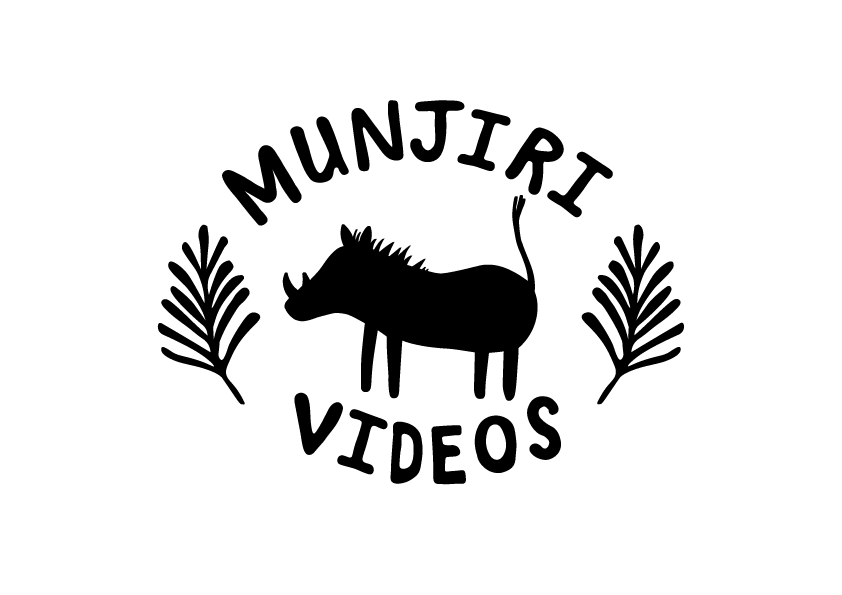Equipment for Wildlife Videography
When it comes to wildlife videography, having the right gear is essential to capture high-quality footage. For cameras, options like 4K and 8K models are popular choices as they offer stunning clarity and detail, allowing you to showcase the smallest movements or the vastness of wildlife scenes. Popular choices for wildlife videography include mirrorless and DSLR cameras that offer flexibility, durability, and excellent image quality.
Lenses are just as important as the camera itself. Telephoto lenses are a must for capturing distant animals without disturbing them, allowing for close-up shots from a safe distance. Macro lenses are also essential for shooting smaller creatures, like insects or reptiles, with incredible detail. The right lens can make all the difference in bringing out the beauty of the animal and its environment.
In addition to cameras and lenses, accessories like tripods, gimbals, and drones are crucial for smooth and stable footage.
Tripods and gimbals ensure steady shots when filming on the ground, while drones allow for breathtaking aerial views of wildlife. Microphones are also important for capturing high-quality sound, whether it’s the calls of birds or the rustling of animals in the wild.
Finally, when filming in rugged outdoor conditions, protective gear is vital to keep your equipment safe. Protective cases are designed to shield your gear from dust, moisture, and rough terrain, ensuring your camera, lenses, and accessories stay in top condition no matter where you are filming.
